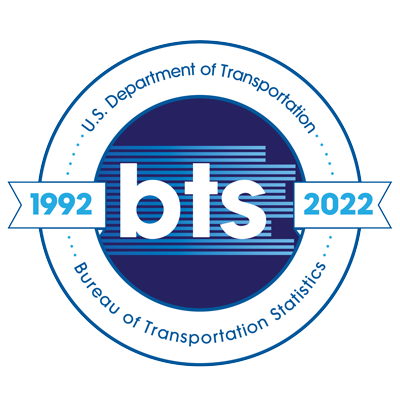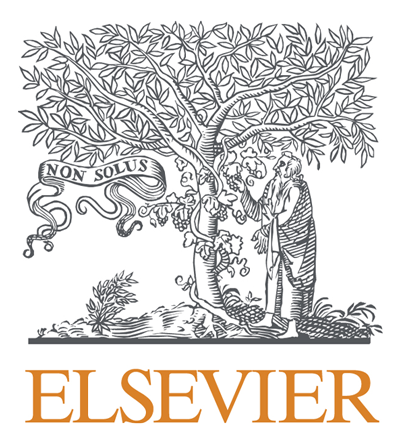Rapid urbanization and uneven food system development
Topics:
Keywords: public markets, supermarkets, urban food systems, food access, SaTScan
Abstract Type: Paper Abstract
Authors:
Jordan Blekking, Indiana University
Kurt Waldman, Indiana University
Julia Davies, University of Arizona
Mboyonga Kaputula, Lusaka City Council
Erik Nelson, Brigham Young University
Scott Robeson, Indiana University
,
,
,
,
Abstract
Access to supermarkets and public markets shape food security in urban Southern Africa. Using remotely sensed retailer location and population datasets, we analyze the spatial-temporal development of supermarkets and public markets in Lusaka, Zambia from 2004 to 2020. As Lusaka’s population grew by 116%, we found that supermarkets increased from 9 to 54 (500%) while public markets increased from 52 to 65 (25%). Using SaTScan spatial-temporal analysis, we identified seven significant areas of high supermarket development (p<0.05) clustered from 2013 to 2020 in lower density, higher income residential areas. During this period ten new public markets were community-established, suggesting a lack of direct involvement by the government to support public markets at a similar pace as population growth. Supermarket development without concomitant development of public markets, can negatively impact food access, food security, and food system equitability in two ways: 1) supermarket development is spatially uneven, favoring more food secure residential areas; 2) supermarket development is outpacing the establishment of public markets, which have more favorable food purchasing conditions for low-income households. Improving food security in rapidly growing Southern African cities will require policies that promote retailer diversity, which can improve urban food system resilience and equitability.
Rapid urbanization and uneven food system development
Category
Paper Abstract








